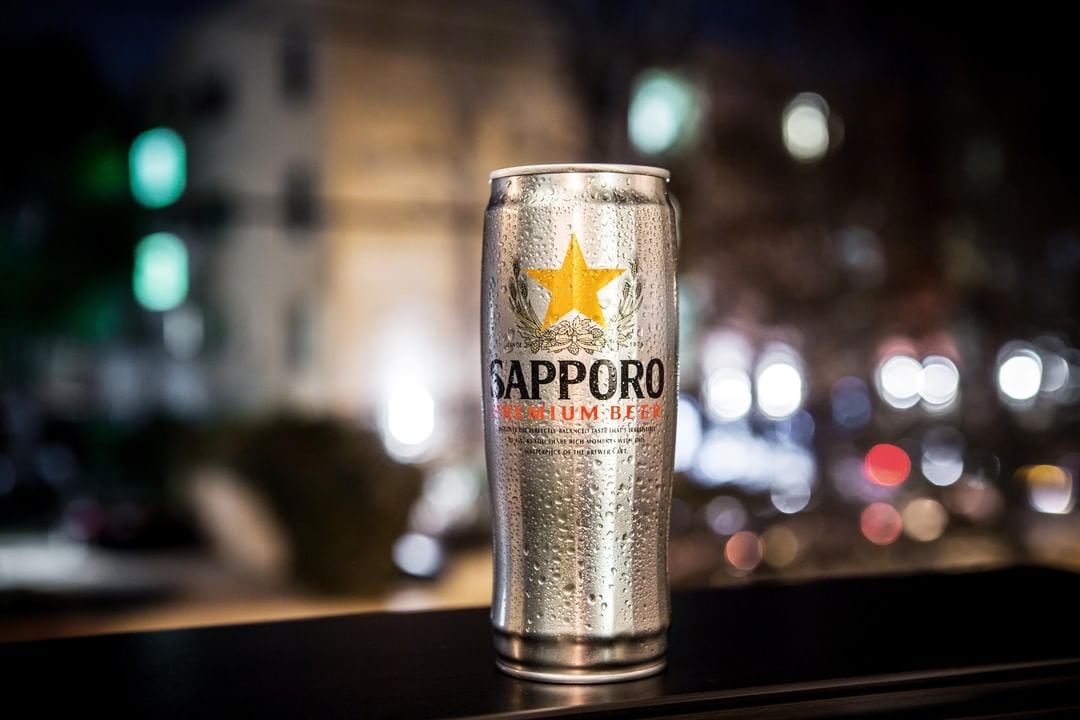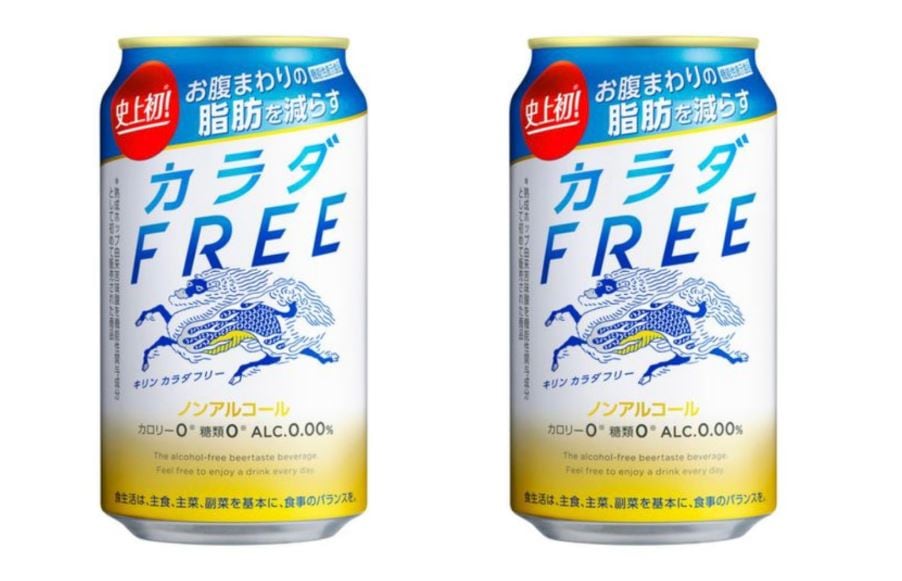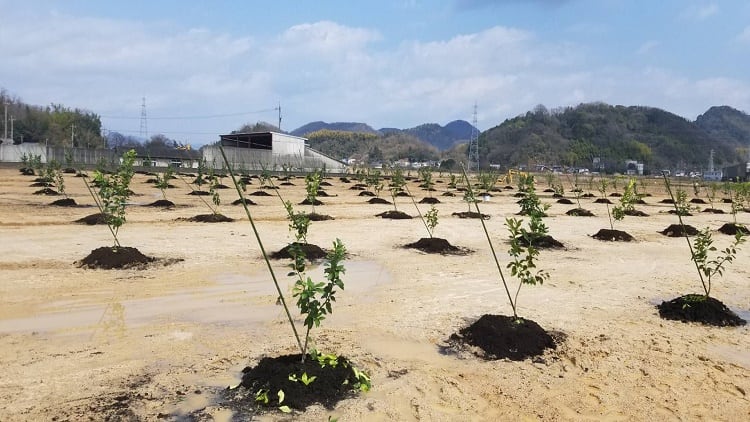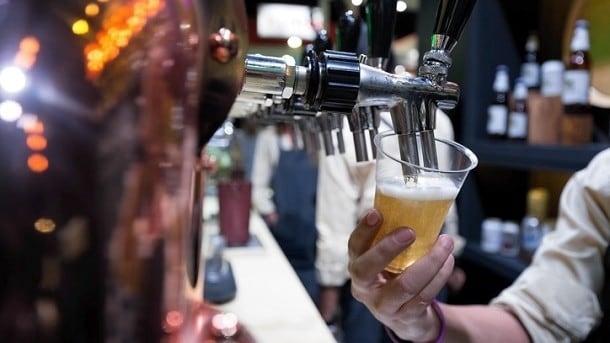The changes will be applied to 21 of its products made in or after March 2020.
For products manufactured in March 2020, the expiration date will be February 2021.
Responding to queries from FoodNavigator-Asia, the firm said the move was to reduce food waste throughout the supply chain.
Food waste is a global issue, including Japan, and urgent measures are needed. The firm said the amount of food waste per capita in Japan was estimated at 51kg per year, and domestic food loss (edible portion) exceeded 64 million tons per year.
Sapporo saw this as a chance to contribute to a sustainable society. Yasuhiro Nagumo, manager from the firm’s corporate communications department said: “(We want) to help consumers deepen their understanding and interest in the importance of reducing waste loss.”
Nagumo said Yebisu beer, Sapporo draft beer kuro-label, and mugito-hop were among the 21 brands of beer with the new extended shelf-life.
According to the firm, the changes would apply to beer cans and bottles, though barrels were not eligible.
The longer expiration date was made possible by improving ingredients and production methods.
Nagumo explained: “The shelf life has been extended by accumulating various quality improvement initiatives such as raw materials, manufacturing, storage, and delivery.”
Currently, its non-alcoholic beers already have an expiration period of 12 months.
Packaging label changes
According to the firm, there would also be changes to the way the manufacturing period is displayed on the packaging, for aluminium can products.
Currently, manufacturing details include the year and month of manufacture, as well as whether they were made in the early, middle or later part of the month.
The new format will only indicate the year and month of manufacture.
Earlier in August, Sapporo Holdings said during the Q2 financials that its alcoholic beverage business in Japan brought in the most revenue (61%) amongst its businesses in food & soft drinks (32%), and real estate and others (7%).




